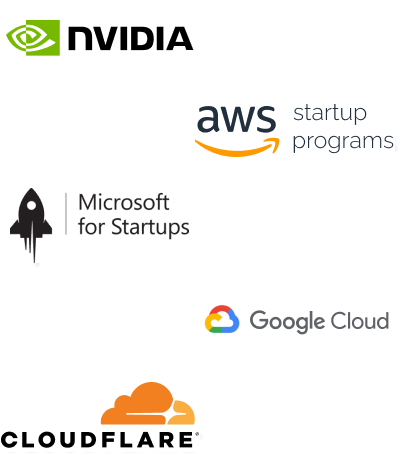- Home
- Services
- IVY
- Portfolio
- Blogs
- About Us
- Contact Us
- Sun-Tue (9:00 am-7.00 pm)
- infoaploxn@gmail.com
- +91 656 786 53
Rendering defines how your content is delivered, experienced, and interpreted—not just by users, but by search engines as well. For developers, marketers, and technical SEOs, the debate between Server-Side Rendering (SSR) and Client-Side Rendering (CSR) is more than academic. It influences everything from time-to-interactive and crawlability to how much control you have over UX and SEO performance.
Let’s walk through the architectural differences, SEO consequences, and use case realities of both rendering methods—without over-explaining and without simplifying what deserves real technical depth.
In a server-rendered setup, the entire HTML of a webpage is generated on the server at the moment a user makes a request. That HTML—already populated with the final content—is then sent to the browser for immediate rendering. No waiting on JavaScript to execute, no dynamic content generation on the client side.
This model closely mirrors the traditional web, where each page request results in a new document served by the backend. Today, modern frameworks like Next.js or Nuxt.js have brought SSR back into popularity by making it dynamic and scalable again.
In short:
From an SEO standpoint, this offers immediate advantages. Content is discoverable as soon as it’s served, and structured data is included in the response—no need to rely on client-side execution.
Client-Side Rendering shifts the workload from the server to the browser. The server sends a minimal HTML skeleton and a JavaScript bundle that loads and populates content dynamically after page load. This is the foundation of most modern single-page applications (SPAs).
This model excels in creating seamless user experiences, where routing, data fetching, and state management happen without full page reloads. The frontend handles logic, and the backend becomes more of an API layer delivering raw data.
While CSR provides a smooth UX once the app is loaded, it poses clear challenges for SEO. Search engines must be able to parse and execute JavaScript to see the actual content—a process that is less reliable and introduces potential indexing delays.
Performance is where the rendering model starts to make a tangible difference.
With SSR, users see meaningful content sooner, even on slower connections. The page is “ready” as soon as it’s downloaded. This results in faster First Contentful Paint (FCP) and Largest Contentful Paint (LCP), both of which impact Core Web Vitals—metrics Google uses as part of its ranking signals.
On the other hand, CSR often leads to a blank page or loading spinner until the JavaScript bundle has been downloaded and executed. This can delay visual feedback, hurt engagement, and negatively affect perceived performance, especially on mobile or low-power devices.
That said, once an SPA is loaded, transitions between pages are often lightning fast. But unless those first-page experiences are optimized, bounce rates can increase due to initial delays.
Search engines have made major strides in executing JavaScript. Googlebot, for instance, now uses a headless Chromium browser to render pages. But rendering is still a two-phase process: first crawl, then render. That delay can result in missed indexing opportunities—especially for newer or less authoritative websites.
With SSR, content is available right in the HTML on the first pass, which is ideal for search engines. Titles, meta tags, structured data, and page copy are all immediately visible. There’s no dependency on rendering queues or deferred crawling.
CSR requires much more care:
For content-heavy websites, SSR remains the safer default. For applications behind authentication walls or for interfaces that don’t rely on search traffic, CSR may be acceptable.
There’s no universal best choice—only context-driven decisions. For teams managing content platforms, ecommerce stores, or marketing pages, SSR typically aligns better with SEO and performance goals. Product descriptions, blog posts, service pages—these benefit from immediate rendering and structured data being present in the source.
CSR fits better in tools and dashboards, where SEO is irrelevant and the priority is responsiveness, personalization, and dynamic interfaces. These projects often require real-time data updates and complex client-side logic, which CSR is built to handle.
Many modern applications use a hybrid rendering strategy: rendering some routes on the server and others on the client. This selective approach maximizes the benefits of both techniques.
The industry has also moved beyond the simple dichotomy of SSR and CSR. Static Site Generation (SSG), Incremental Static Regeneration (ISR), and frameworks that support route-level configuration offer more nuanced options.
Tools like Next.js and Astro are enabling this modular, multi-mode rendering architecture. This flexibility ensures pages load quickly, remain SEO-friendly, and stay fully interactive.
Choosing between SSR and CSR is not just a developer task—it’s a core architectural decision that shapes how users and search engines experience your site. When performance and visibility matter, Server-Side Rendering should be the default assumption. When dynamic interaction is the primary goal, Client-Side Rendering has clear benefits.
Technical SEO requires being deeply aware of how rendering interacts with crawl behavior, indexing reliability, and page experience signals. The best setups today do not choose between SSR or CSR—they combine both to serve content fast, keep users engaged, and ensure nothing is missed in search.
If your pages depend on visibility in organic search, avoid handing over control to the browser. Render content where you can control it—on the server—and let JavaScript handle the enhancements, not the fundamentals.
Imagine reducing your operational costs by up to $100,000 annually without compromising on the technology you rely on. Through our partnerships with leading cloud and technology providers like AWS (Amazon Web Services), Google Cloud Platform (GCP), Microsoft Azure, and Nvidia Inception, we can help you secure up to $25,000 in credits over two years (subject to approval).
These credits can cover essential server fees and offer additional perks, such as:
By leveraging these credits, you can significantly optimize your operational expenses. Whether you're a startup or a growing business, the savings from these partnerships ranging from $5,000 to $100,000 annually can make a huge difference in scaling your business efficiently.
The approval process requires company registration and meeting specific requirements, but we provide full support to guide you through every step. Start saving on your cloud infrastructure today and unlock the full potential of your business.

